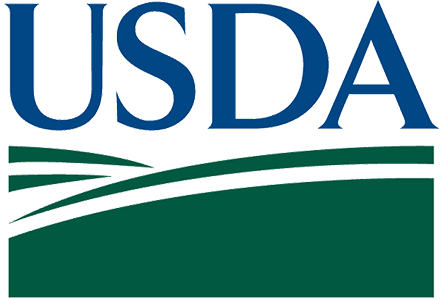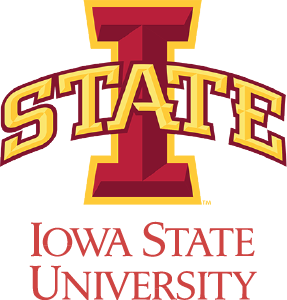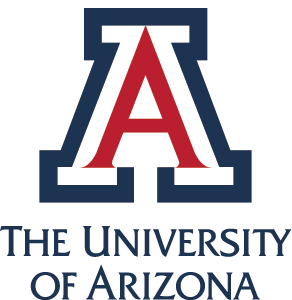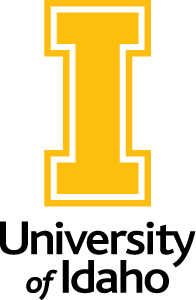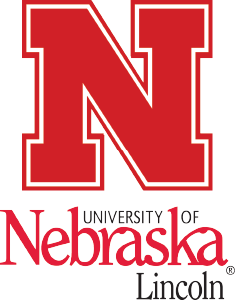AG2PI Workshop #15 - Tuesday October 4, 2022
The APSIM Software Platform to Predict and Explain Genotype x Management x Environment Interactions
Tuesday October 4, 2022
1:00 - 3:00 PM
(US Central Time)
Purpose
Learn the basic principles of applying process-based modeling, using APSIM crop modeling system as one example.
Registration
Register for the virtual event by clicking the link below. Upon registration, you will receive a confirmation email with information about joining the meeting
Workshop RegistrationWorkshop Resources
Click the buttons below to access resources and/or watch recording of this workshop
Watch Wokrshop RecordingProcess-based modeling is necessary to connect soil-plant processes with external inputs like weather and land management and to enable various types of analysis (e.g., systems, scenario, or prediction). Various (free) webtools exist to facilitate this type of modeling. The Agricultural Production Systems sIMulator (APSIM) is one such tool, developed to simulate biophysical processes in agricultural systems, particularly as it relates to the economic and ecological outcomes of management practices in the face of climate risk. This workshop will focus on how to use this Predict-Explain-Design approach to identify profitable and sustainable cropping systems for current and future environments across scales, using APSIM as an example.
About Presenter
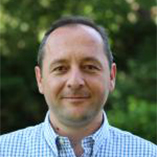
Dr. Sotirios Archontoulis is an associate professor of integrated cropping systems at the Department of Agronomy. His main research interests involve understanding complex Genotype by Management by Environment interactions and modeling various components of the soil-plant-atmosphere continuum. Dr. Archontoulis's overall goal is to investigate practices that can increase the efficiency of system by means of increasing crop yields and simultaneously decreasing inputs or losses such as water and nitrogen. His approach combines field experimentation and use of mechanistic simulations models
